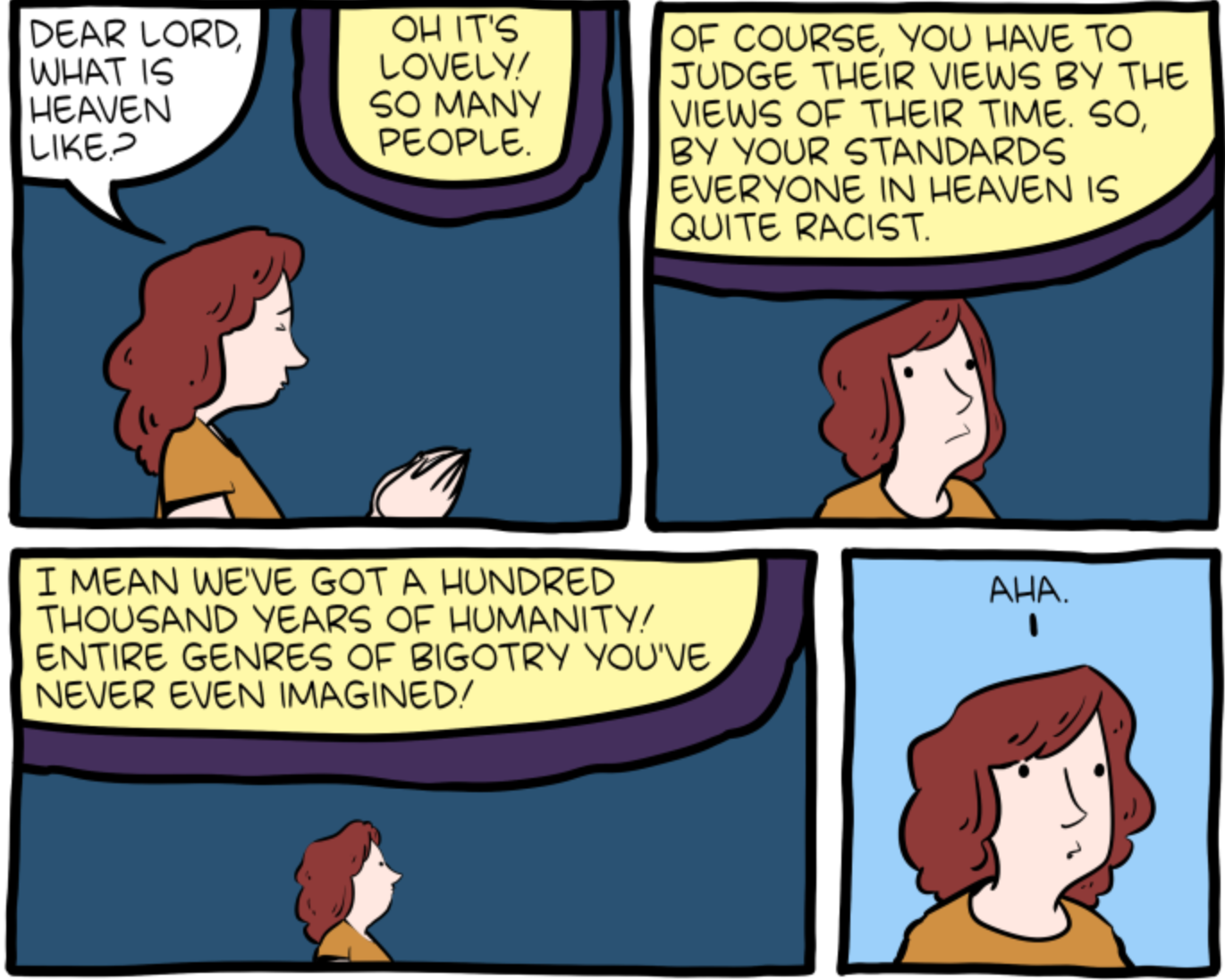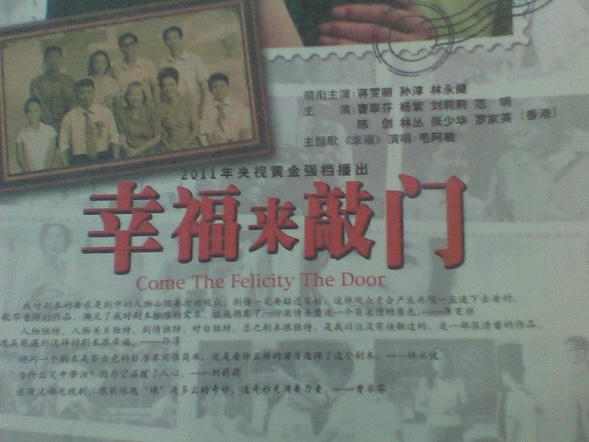Klaus Nuber, who four years ago sent us this amusing post, "Restaurant logo with a dingus" (5/29/19), has contributed another droll Anekdote.
The following article is in today's Süddeutsche Zeitung, "Kannste knicken?"* (11/23/23) — herewith the second anecdote of three from all over the world:
*VHM: The meaning of the article title escapes me — can you fold / bend [it]?
Mitten in … Zhejiang
Weiter weg geht es kaum von der Großstadt Peking: Neun Stunden mit dem Zug, dann eine lange Autofahrt die Täler entlang, jetzt ist der Hunger groß. Im Restaurant? Keine Karte, bestellt werden kann, was im Kühlschrank liegt. Ein paar Karotten, zwei Kartoffeln, ein platt gedrückter Tintenfisch. Kommt sofort! Dafür um die Ecke, kaum zu glauben, ein Café! Draußen das ländliche China mit seinen Reisfeldern und Kohlelastern, drinnen brummt die Espresso-Maschine. Der lang ersehnte Schluck, aber was ist das? Der Kaffee – eiskalt! Vorsichtige Frage an den Barista, ob es den auch in heiß gäbe? Sein Blick zunächst: totale Entgeisterung, dann folgt schallendes Gelächter. "Diese Ausländer!", ruft er und alle gucken. "Hört mal her. Jetzt trinken die ihren Kaffee auch noch wie Tee!" So was Amüsantes haben die Menschen hier schon lange nicht mehr gehört. Lea Sahay
Read the rest of this entry »





